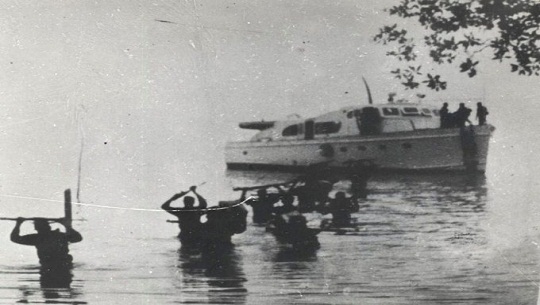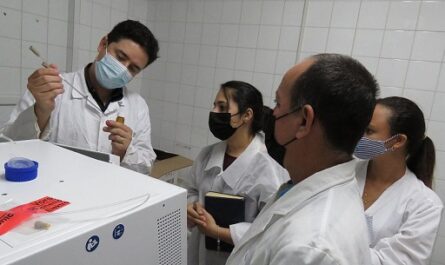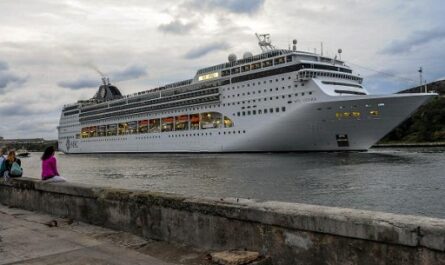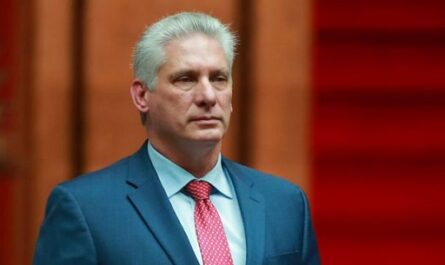On December 2, 1956, an 82-strong expeditionary force of resolved patriots led by Fidel Castro, ready to do anything in the struggle against the Batista dictatorship, arrived in Cuba from Mexico on board the yacht Granma.
Such a thumbnail description could portray the date as just another milestone among the hazardous events of the liberation war, but that difficult day became a special symbol in that it is marked as the birth date of the Revolutionary Armed Forces, then made of the nascent and heroic Rebel Army.
Having been exposed to imprisonment and great dangers in Mexico, especially the stalking of hitmen hired by Batista and FBI agents, the revolutionaries had to prepare everything in secrecy before their departure from Veracruz on the yacht Granma, procured by a faithful friend.
The arrival at the inhospitable Cuban beach where the boat ran aground rather than dock also went down on Cuban history as the day when the dream of definitive freedom was reborn, based on their strategic plan to reach the Sierra Maestra mountains, bound to become the main stage of the liberation war.
Joining Fidel were Cuban patriots, an Italian, and a few Latin American revolutionaries, among them the Argentine Ernesto Guevara, soon to be known as the legendary Che. The force also included combatants who would be renowned, such as Camilo Cienfuegos, Juan Almeida and Raul Castro, who reached the rank of Commander in the campaign. All souls were brimming with love and ideals to fulfill the commitment made by the young lawyer Fidel, their leader and founder of the 26th of July Movement: “In 1956 we will be free or martyrs”.
Marked not by swan songs but by the threats of the great northern Cyclops and its lackeys in Cuba, the Caribbean odyssey was the beginning of many hard trials as their homeland suffered the violent and illegal imposition, after a coup d’état, of a bloody dictatorship that persecuted, tortured and killed the country’s best children, especially young people, and kept many living in inhuman conditions while the power was held by an oligarchic caste headed by Batista, as folded to the U.S.A. as his predecessors.
The Granma expedition was also a necessity born of previous events such as the assaults on the Moncada and Carlos Manuel de Céspedes barracks. Their survivors, once released from prison and led by Fidel, founded the 26th of July Movement and other outstanding nuclei of the student body.
The dictator had been forced to release Fidel Castro and his comrades in May 1955. The young lawyer decided to travel to Mexico, a neutral country that would give him a better chance of making new plans to fight, something impossible in Cuba.
While on the Granma, the revolutionaries heard on the radio about the uprising in Santiago de Cuba organized by the hero Frank País to support the landing, scheduled for November 30th but delayed by the bad weather and the fall overboard of one revolutionary, Roberto Roque, who was eventually rescued.
Once they were on dry land, another unspeakable adventure started. They were trapped and paradoxically sheltered by the undergrowth in a thick mangrove swamp that made walking difficult until the 5th, when they were surprised by and strafed from army planes in the place called Alegria de Pio, where they had to stop out of exhaustion.
A small number managed to escape in different directions. Some went to the plains while others regrouped around Fidel Castro to become what would later become the Rebel Army.
Fortunately, the huge and multiple impacts of the historic landing and the fulfillment of its proclamations made our Homeland grow in stature.




